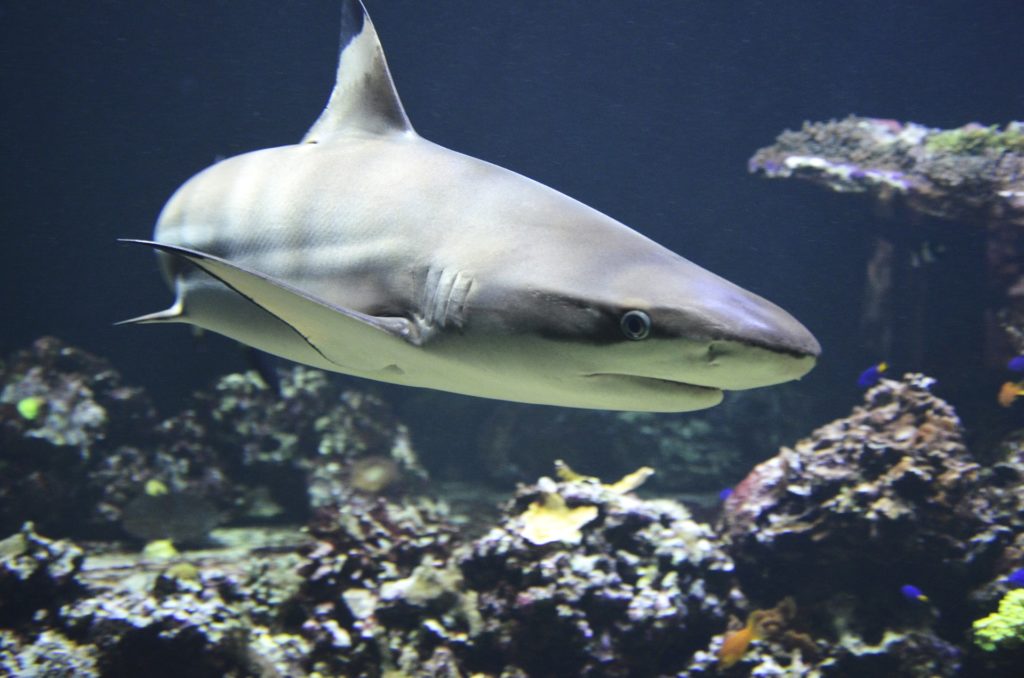About the 3G/4G Devices Market
Advanced mobile phone system (AMPS) network technology was used in 1G. AMPS was a voice-only network, operating on the 800 MHz band that was permanently switched off in 1999. AMPS was an old radio technology and its operation was similar to a regular radio transmission such as ultra-high-frequency (UHF) radio, where the 800 MHz band was split into many channels using frequency division multiple access (FDMA). Each channel was 30KHz wide and hence, supported only 395 mobile phone users per cell tower. The tower estimated the signal strength of each user and allotted channels to them. The tower ensured that these channels are reused without
Global 3G/4G devices market to grow at a CAGR of 3.55% by revenue during the period 2016-2020.
Covered in this report
The report covers the present scenario and the growth prospects of the global 3G/4G devices market for 2016-2020. To calculate market size, Technavio considers the number of unit shipment of mobile hotspots such as mobile hotspot router and universal serial bus (USB) sticks that connect multiple devices. Mobile hotspot hardware is sold as standalone unit. Device manufacturers sell standalone mobile hotspots through retail chains such as Amazon and Best Buy.
The market is divided into the following segments based on geography:
• Americas
• APAC
• EMEA
Request For Free Report Sample @ http://www.marketresearchstore.com/report/global-3g-4g-divices-market-2016-2020-61631#RequestSample
Global 3G/4G Devices Market 2016-2020, has been prepared based on an in-depth market analysis with inputs from industry experts. The report covers the market landscape and its growth prospects over the coming years. The report also includes a discussion of the key vendors operating in this market.
Key vendors
• Amazon
• Apple
• ASUSTek Computer Inc.
• Huawei Technologies
• Lenovo
• LG Electronics
• Netgear
• Novatel Wireless
• Samsung Electronics
• ZTE
Market driver
• Shutdown of 2G connectivity
• For a full, detailed list, view our report
Read More Research with TOC @ http://www.marketresearchstore.com/report/global-3g-4g-divices-market-2016-2020-61631
Market challenge
•Handset compatibility with country-specific bandwidth
• For a full, detailed list, view our report
Market trend
• Emergence of next generation wireless networks
• For a full, detailed list, view our report

 One of the lead researchers in the study, Richard Fitzpatrick, explained that these
One of the lead researchers in the study, Richard Fitzpatrick, explained that these 